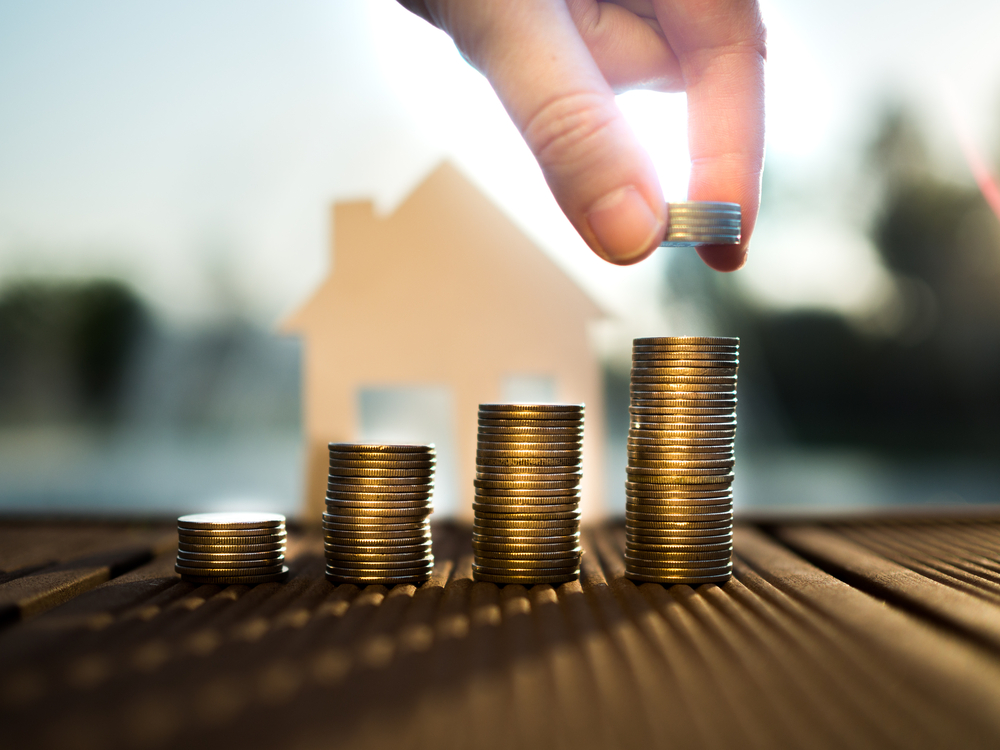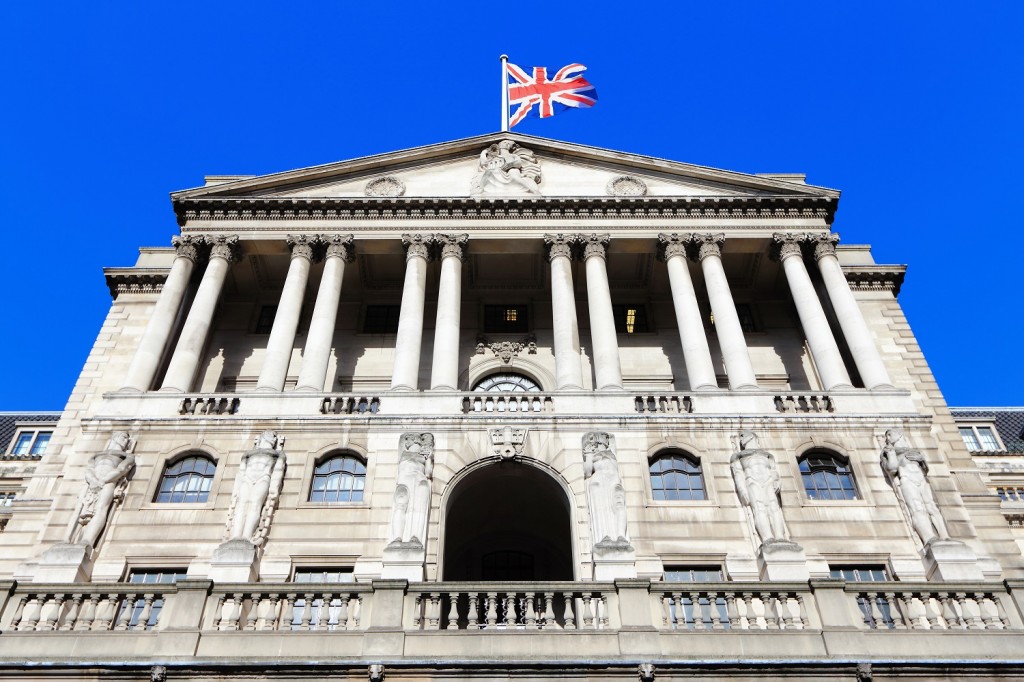
Last month, the ONS reported inflation hitting 5.5% in January, which was the second record-busing reading in a row.
Today’s figure marks the fastest rise in 30 years, fuelled by increases in fuel, energy, and food.
Earlier this month, the Bank of England (BoE) published the results of a survey that showed public sentiment towards the central bank’s ability to handle inflation dropping for the fourth quarter in a row.
And last week, when the BoE raised the base rate to 0.75%, it stated that inflation could hit 8% in the second quarter of this year.
The Centre for Economics and Business Research also released a report recently, which described inflation running up to 8.7% in Q2 2022 and remaining above 7% until 2023.
Later today, chancellor Rishi Sunak will present his Spring Statement, in which he is expected to detail plans to provide some financial support in dealing with the rising cost of living.
Hargraves Lansdown senior personal finance analyst Sarah Coles comments: “Inflation has hit a 30-year high, and worse is yet to come. The perfect storm of massive fuel and energy price rises, accompanied by food price hikes, supply chain problems and booming demand from those with lockdown savings to spend, pushed prices into the stratosphere.
“And this was even before the conflict in Ukraine began. By the time we get to April, and the massive energy price hike, millions of people will be feeling the pain of rising prices
“We will have to wait and see what the Spring Statement offers in terms of relief. There’s some hope there will be help for those on the lowest incomes. However, a chancellor with a keen eye on the deficit may not be prepared to loosen the purse strings in a way that makes a material difference, so it may be still be up to us to do what we can to stay within our budget.
“For those on higher incomes, with some wriggle room, and luxuries left to cut, there may well be things they can do without. If you haven’t yet drawn up a budget to see where the savings are lurking, now is the time.”



